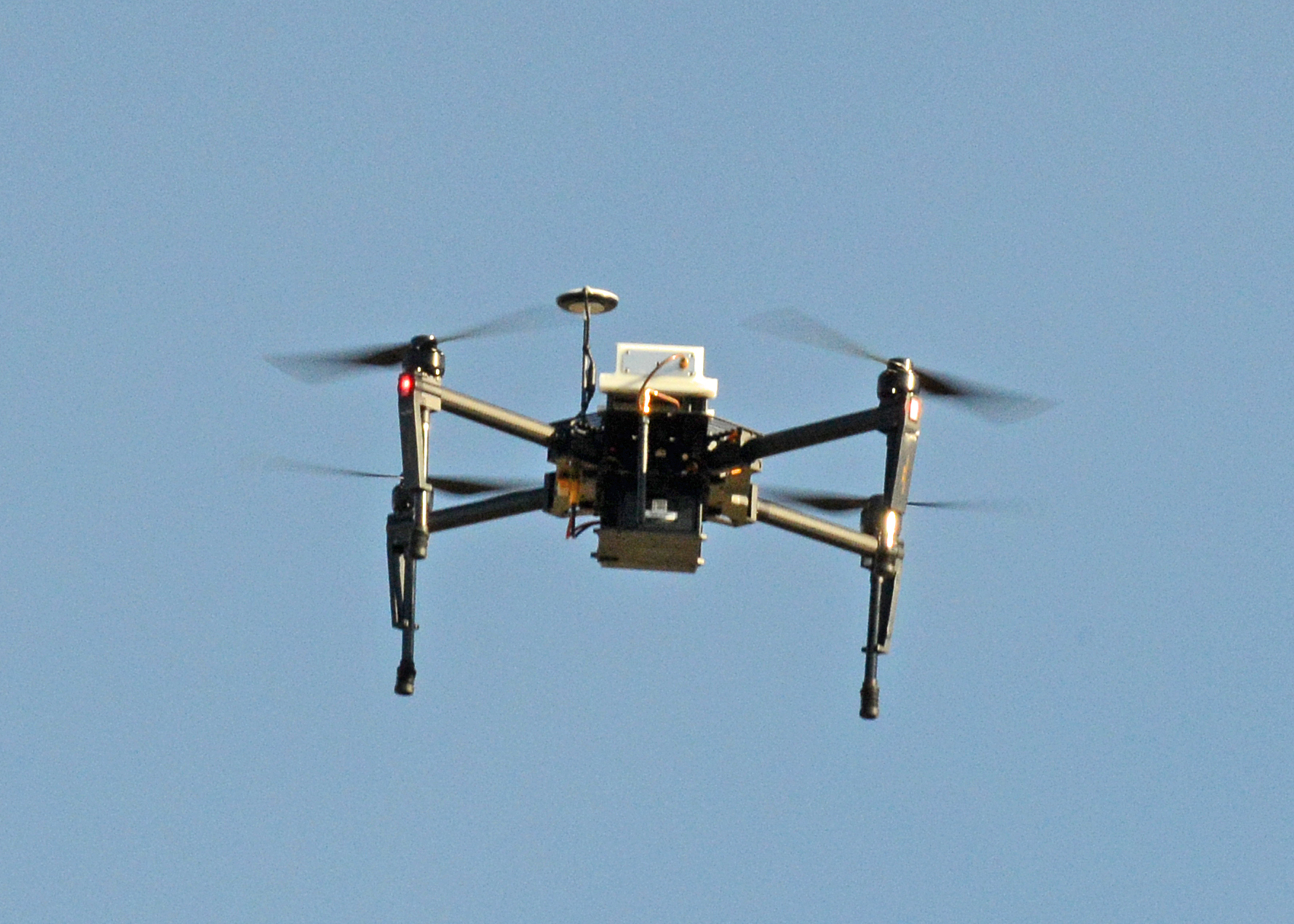
The Fiscal 2018 defense policy could bill could once again require civilian drone operators to register their unmanned aerial systems, like the quadcopter shown here outside Edwards AFB, Calif., with the FAA. Air Force photo by Kenji Thuloweit.
The final version of the 2018 National Defense Authorization Act would restore a federal registry for unmanned aerial systems aimed at securing airspace as civilian users of smaller UAS proliferate across the nation.
Section 1092 of the bill that emerged from conference in early November would reinstate Federal Aviation Administration rules adopted in 2015 that require all owners of recreational drones to register their UAS with the FAA. In May of 2017, the District of Columbia appeals court vacated the regulation because of a 2012 law in which Congress “codified the FAA’s longstanding hands-off approach to the regulation of model aircraft.”
Now Congress is close to changing the law itself to allow the FAA to regulate recreational drone use. While the NDAA must still be approved by the House and Senate, and must be signed by the President as well, the compromise bill represents the detailed work of lawmakers from both chambers to reconcile the two versions of the defense policy bill.
In August, the Department of Defense issued “very specific but classified” guidance aimed at enabling military installations to protect themselves from potential UAV threats. The FAA registry would be another tool aimed at such protections.
The final version of the NDAA would also authorize the FAA to collaborate with the DOD, including the Air Force, on the testing and development of “airborne and ground-based sense-and-avoid capabilities for unmanned aircraft systems.”
Similar technology has been under development since at least since 2014 and would provide better airspace awareness and automatic collision avoidance for larger remotely piloted aircraft with a goal of enabling RPAs to operate routinely in domestic and international airspace.
Among other potential uses, RPAs like the Air Force’s MQ-9 could provide crucial support to wildfire response if cleared for domestic operations.